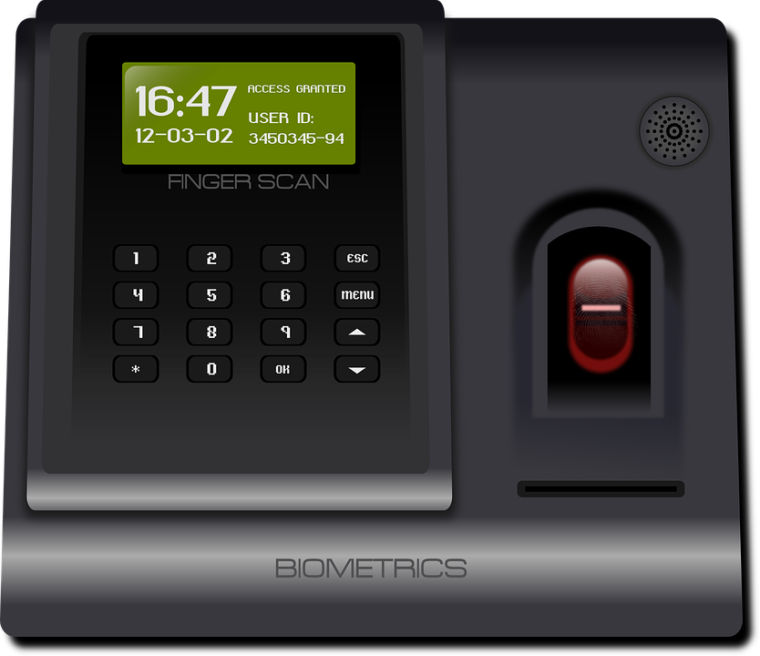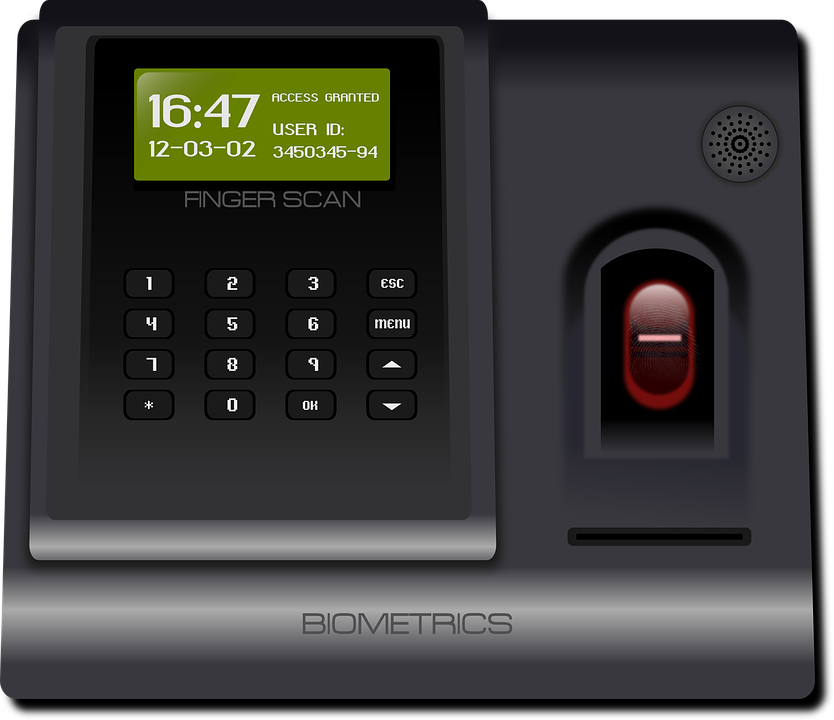
People in law enforcement have been under siege throughout the country for the past several years. Criticism comes from citizens who aren’t satisfied with the norm and want more protection. Angst, anger and fear are also evident from citizens who believe law enforcement officers are often bigoted and/or overly violent or impulsive. Frustrated public officials are charged with finding ways to provide citizen safety in a world that is changing, expanding and growing rapidly. The task is difficult, to say the least.
The unrest has resulted in an increasing demand for technology. Cities must deal with limited funding, too few officers and population growth higher than ever. Public officials are hoping that technology can offer relief. Because of that, interest in surveillance drones, biometrics, video cameras, software of all types and big data analytics has skyrocketed.
Various types of leading-edge technology are being purchased from law enforcement agencies throughout the country. The most common purchases are body cameras, closed-network video cameras, toll tag identification devices, drones, gunshot detection software and cybersecurity offerings. Many citizens are supportive and feel safer because of the technology. Others, including media outlets, appreciate the increase in transparency, but some object loudly to invasion of privacy.
Concern for individual privacy has become a rallying cry for civil liberties groups that advocate against anything that monitors or records an individual’s activities and/or movement. Regardless, such concerns have not prevented or even slowed law enforcement agencies from purchasing safety-related technology that does monitor, track and analyze. The demand for more will only increase.
In 1977, state and local governments spent $58 billion on police and corrections. Today, law enforcement operatives in the U.S. spend $100 billion on policing and another $80 billion on corrections annually. The marketplace for technology is extremely large and new technology offerings are announced regularly.
 Spending varies by regions. Oakland, California, spends 41 percent of its entire general fund on policing, while New York City spends a modest 8.2 percent on law enforcement. In spite of the variations, spending on technology to enhance public safety is on the increase throughout the country. Globally, law enforcement agencies are expected to spend $11.6 billion on software tools and systems. Safety-related technology spending is projected to grow at an annual rate of 9.3 percent, reaching $18.1 billion by 2023.
Spending varies by regions. Oakland, California, spends 41 percent of its entire general fund on policing, while New York City spends a modest 8.2 percent on law enforcement. In spite of the variations, spending on technology to enhance public safety is on the increase throughout the country. Globally, law enforcement agencies are expected to spend $11.6 billion on software tools and systems. Safety-related technology spending is projected to grow at an annual rate of 9.3 percent, reaching $18.1 billion by 2023.
As an example of how fast new offerings are being introduced, most people are not familiar with gunshot technology, but by September of last year, 95 cities in the U.S. had implemented the technology. That number could easily double during the next fiscal year.
Chicago has the largest municipal camera integration platform in the country with more than 35,000 cameras. New York has the most expansive monitoring system. The New York City public safety network collects data from sensors, cameras, license plate readers, body cameras and other devices and turns it into actionable information for public safety officials.
In Baltimore, Maryland, the police department is asking for $8 million for safety equipment. The request will include new software that activates body cameras when a Taser or gun is fired. The Dallas Police Department is incorporating drones into its policing in 2019. The Enfield Police Department in Connecticut is working on an overhaul of all its public safety technology. The city of La Quinta in California has allocated $2.5 million for security cameras and hopes to have them operational this year.
The demand for public safety technology is as intense as it has ever been. Monitoring, tracking, recording and analyzing citizen activities will increase. In the future, it will be difficult to avoid technology surveillance in almost any place where people are gathered. Whether there is support for that or not, it is the future.
